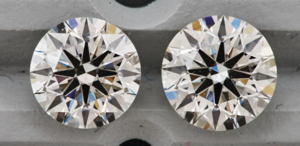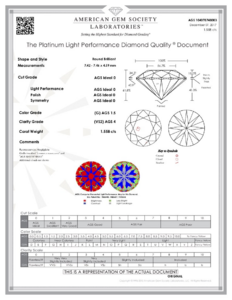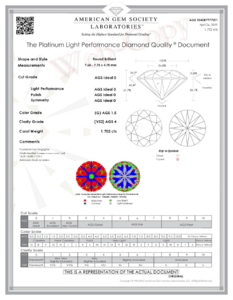chamois
Brilliant_Rock
- Joined
- Jul 15, 2008
- Messages
- 592
Lgf 60 - 70% ; I have not worked out proportion ranges; the HCA may still work for 70% which is done in deeper modern brilliants.
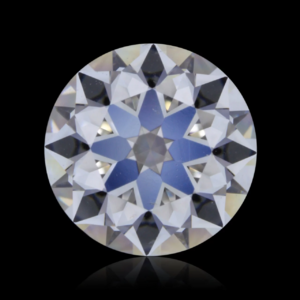
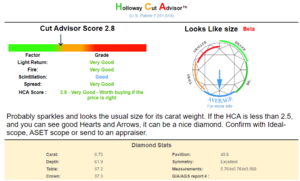
What’s lgf?
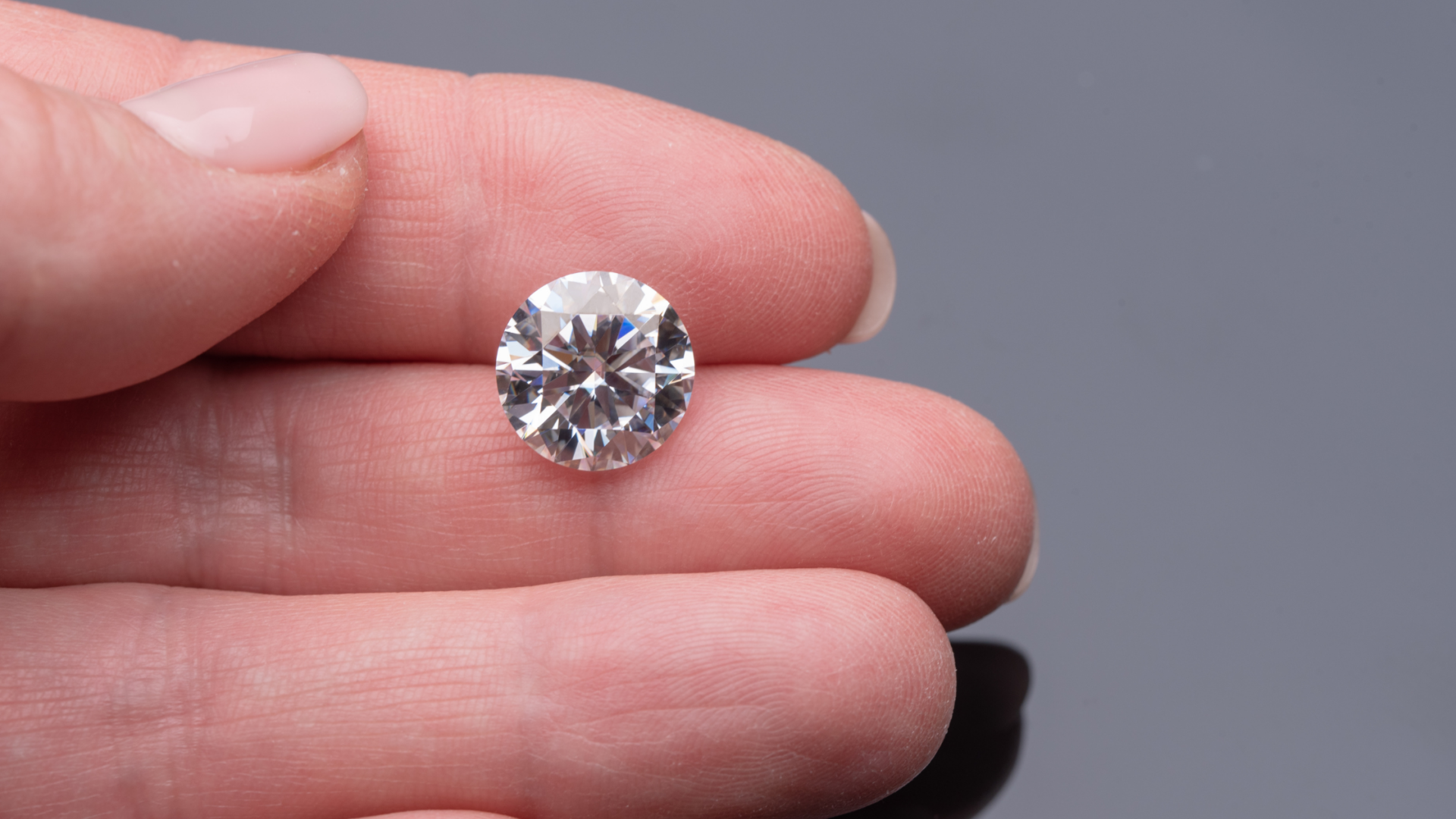
Is this an MRB or OEC?
Feel like I'm missing part of a story line....lol
Did you see this?
57.2 table, 61.9 depth, 37.3 crown, 40.6 pavilion & 62 LGF's
This [Octonus sample] is funny to see, as this is basically what my antique diamond looks like, but mine has a smaller table and it is shallower and the LGFs may be a little longer.
How's those 60% LGF's work for you @Karl_K that I posted earlier in the OctoNus sample set?
Just razzing you. I know you tend to like the 80+ LGF's.
Definitely a preference thing.
I like long lgf% when they make sense and with some combos.I know you tend to like the 80+ LGF's.
Honestly I do not agree with that chart.
There are many possible different looks with various table sizes/lgf%/and proportions that to declare one the very best seems very wrong to me.
Which is why I do not agree that the modern tolk super-ideals and tolk equivalent super-ideals are the kings of round diamonds some of them are great but so are possibly many others.
To answer the question there are many different combinations of proportions that I would love to have and many of them would look and have a personality substantially different from one another accross a wide range of lighting.
Karl I simply point out that no one ever noticed the relationship between table size and LGF's.
What ever your preference might be, then you simply can adjust LGF's up or down for a range of prospective table sizes.
The same can also be said for pavilion angles - for example for nice shallow pavilion and steeper crown angles the LGF's need to become longer or otherwise the table area becomes dark.
@Garry H (Cut Nut) , are you saying that a 35 crown, 40.6 combination for instance, would be less likely to have darkness issues with 80% lgf vs 75%lgf?
It does make sense. But aren't you safer choosing 80% in that scenario?Seems like a simple question, but it's a little more complicated as you have to consider those are likely GIA reported values.
Why does it matter?
GIA reported 75 = varies from 73-77 actual
GIA reported 80 = varies from 78-82 actual
Likely the same result if you have actuals of 77-78 which would show up as 75 or 80. However, the effect could be different if actuals were 73 and 82. Yet both would again show up as 75 and 80 on the lab report.
Make sense?
I simply point out that no one ever noticed the relationship between table size and LGF's.
Karl I simply point out that no one ever noticed the relationship between table size and LGF's.
What ever your preference might be, then you simply can adjust LGF's up or down for a range of prospective table sizes.
The same can also be said for pavilion angles - for example for nice shallow pavilion and steeper crown angles the LGF's need to become longer or otherwise the table area becomes dark.
Agree about the pavilion angle but they can not be separated table size/pavilion angle and lgf% need to be taken together.
Take your lines on the chart, change the pavilion angle the chart changes, change the lgf% and the line changes, change the table% the line changes.
This chart predates GIAs cut grading system of 2006 and so uses LGF length which is about 2% longer than GIA's LGF depth measuement.
